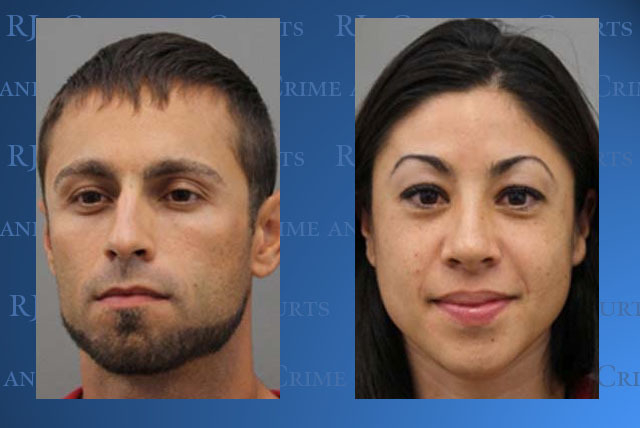CCSD approves extended contract with Teach for America

Clark County public schools tripled down Thursday on a partnership with nonprofit Teach for America to provide up to 525 teachers over three years at a maximum cost of $2.1 million in addition to the teachers’ salaries.
The nonprofit recruits and trains teachers who make a two-year commitment to work in Clark County schools with high poverty or take hard-to-fill positions in math, science and special education. The fledgling teachers will earn the same salary as all new teachers, but the Clark County School District will pay $2,000 annually per teacher to the nonprofit group, as it has done in its decade-long partnership with Teach for America.
The difference with Thursday’s agreement — approved 6-1 by the Clark County School Board with trustee Chris Garvey voting against it because she sees it as a short-term solution — is that the parties abandoned the usual one-year agreement for up to 150 new teachers and instead signed a three-year agreement for up to 175 new teachers each year.
The change is for the benefit of the Clark County School District as well as the nonprofit, said Teach For America’s Las Vegas executive director Victor Wakefield and district chief human resources officer Staci Vesneske on Wednesday.
The nonprofit spends about $40,000 per teacher for recruitment, training and support. The district’s payment covers only 10 percent of that cost, Wakefield said. The remaining 90 percent of costs are covered by donors.
“They (philanthropists) really want to know it’s a shared commitment,” said Wakefield, noting it’s easier to attract donations when those signing the checks know the district is giving Teach for America a target beyond one year.
“Imagine the conversation with philanthropists. It makes sense. It’s a logical transition.”
The three-year commitment gives Teach for America a target for fundraising and recruiting for the long-term, Vesneske and Wakefield said.
More money being raised means more teachers that can be provided to the district. The school district now faces a shortage of about 600 teachers, forcing it to use long-term substitutes in those classrooms, Vesneske said.
“We know we’ll have vacancies to fill,” said Vesneske, looking at the next few years and anticipating a need to hire 2,000 new teachers annually, something the district has struggled to do.
Nevada colleges haven’t been producing enough licensed teachers, and the district has struggled to attract teachers from out of state because of its relatively low salary, which is less than $35,000.
Critics argue otherwise, contending that the district could spend that Teach for America payment — reaching as high as $2.1 million in the next three school years — on investing in recruiting and developing its own teachers.
“We clearly need the teachers,” said Bill Hanlon, director of the Southern Nevada Regional Professional Development Program, created by the Legislature to provide professional development for teachers of five counties. “I’m happy to have people come. But the district is taking money out of its own pockets when it can’t even take care of its own.”
Hanlon’s state-funded program for Clark County teachers — including those from Teach for America once they’re at work — has one math trainer for every 65 elementary schools and one reading/writing trainer for every 32 elementary schools. The program has three high school math trainers and two middle school math trainers for all five counties.
“We can’t provide the services,” said Hanlon, noting that he could hire four more trainers at the cost of Teach for America’s maximum annual payment.
But the district is only paying 10 cents on the dollar for the training of Teach for America teachers, Vesneske said. It couldn’t afford $40,000 per new teacher for recruitment, training and continued professional development in their first two years, as Teach for America does through private donations, Vesneske said.
The bottom line is that Teach for America teachers only make a two-year commitment, said Hanlon, emphasizing that the district needs to build more pipelines for new teachers.
“If they’re only here for two years, we’ve lost,” said Hanlon, in reference to the Teach for America pipeline.
But Wakefield contends that two-thirds of Clark County’s Teach for America teachers opt to stay for at least a third year. The district no longer pays $2,000 annually to the nonprofit for those teachers choosing to stay.
School officials are also working to build more pipelines for bringing in new teachers, Vesneske said.
The district isn’t just throwing up its hands, she said. It’s pushing for more potential teachers to pursue an alternate route to licensure, allowed by the state to become a licensed teacher building on other degrees.
She said more details would soon be revealed on this and other fronts to attract more teachers to the district.
And it will probably need more than 2,000 new teachers in the fall.
Contact Trevon Milliard at tmilliard@reviewjournal.com or 702-383-0279. Find him on Twitter: @TrevonMilliard.












